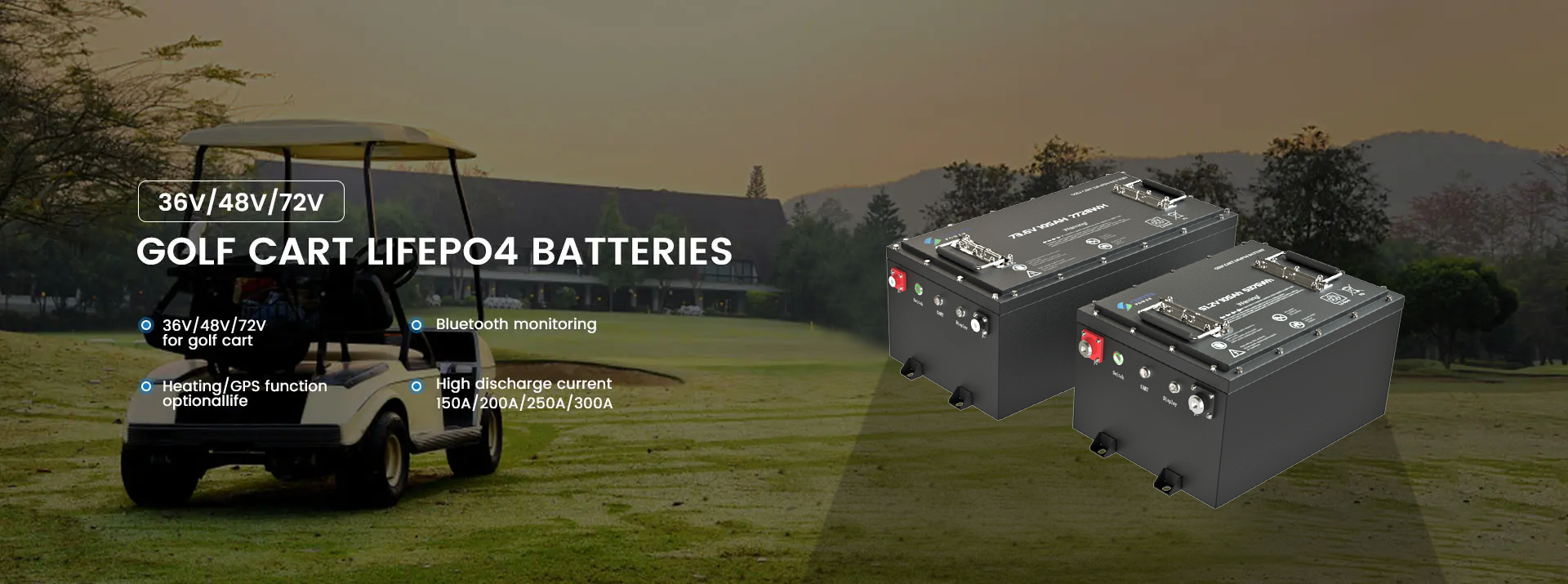
Wheelchairs typically use deep-cycle batteries designed for consistent, long-lasting energy output. These batteries are commonly of two types:
1. Lead-Acid Batteries (Traditional Choice)
- Sealed Lead-Acid (SLA): Often used because of their affordability and reliability.
- Absorbent Glass Mat (AGM): A type of SLA battery with better performance and safety.
- Gel Batteries: SLA batteries with better vibration resistance and durability, suitable for uneven terrain.
2. Lithium-Ion Batteries (Modern Choice)
- LiFePO4 (Lithium Iron Phosphate):Often found in high-end or advanced electric wheelchairs.
- Lightweight and compact.
- Longer lifespan (up to 5 times the cycles of lead-acid batteries).
- Fast charging and higher efficiency.
- Safer, with a lower risk of overheating.
Choosing the Right Battery:
- Manual Wheelchairs: Usually don't require batteries unless motorized add-ons are included.
- Electric Wheelchairs: Commonly use 12V batteries connected in series (e.g., two 12V batteries for 24V systems).
- Mobility Scooters: Similar batteries to electric wheelchairs, often higher capacity for longer range.
If you need specific recommendations, consider LiFePO4 batteries for their modern advantages in weight, range, and durability.
Post time: Dec-23-2024





